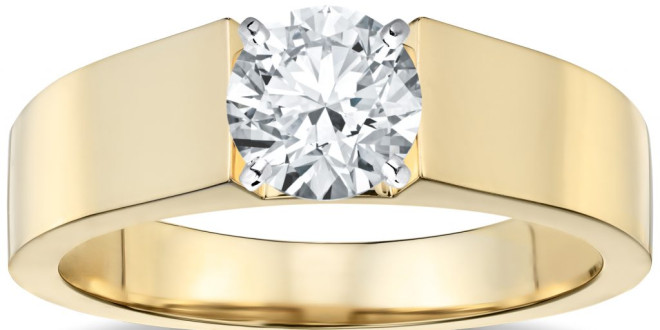[ad_1]
Below is a brief explanation of beads available today that can be used to create stunning bridal tiaras and wedding accessories.
Swarovski Crystals
Swarovski crystals are perhaps the best crystals available today. They are made from the finest lead glass which is cut and ground with such precise workmanship that they sparkle as brightly as any diamond. Perfect for any bridal tiara. Swarovski crystals use crystal glass with a high lead content, approximately 32%, which allows the light to reflect off the internal surfaces in the lead crystal creating a beautiful radiant shine.
Swarovski crystals are created in a range of different shapes and sizes, with bi-cones and rounds being the more usual styles used in tiaras and hair accessories.
However, they also produce cubes, hearts, rondelles, flat backed and various decorative shapes today which are used in jewellery making, wedding tiaras and bridal accessories.
Freshwater Pearls
Freshwater Pearls are found or cultured in mussels or oysters in rivers, lakes or ponds and are often more irregular in shape and more varied in colour than saltwater pearls. China is the world leader in the supply of freshwater pearls today. Generally speaking, freshwater pearls are not as round as saltwater pearls, and they do not have the same sharp lustre and shine as akoya pearls. However, they appear in a wide variety of shapes and natural colours, and they are usually less expensive than saltwater pearls, making them a more cost effective option for jewellery makers and designers today. Another feature of freshwater pearls is that they are solid nacre which makes them fairly durable and resistant to chipping, wear, and degeneration.
Seed Beads
Seed beads are constructed from long glass tubes that are then cut into individual seeds. Seed beads are so called because of their small size. Seed beads are graded in size by using a numbering system; the smaller the number, the larger the bead. How many beads fit into a standard unit of measure is how the sizes are determined. 5/0 is the largest seed bead and 24/0 is thought to be the smallest, meaning that in the same area, you would be able to fit 5 of the 5/0 beads or 24 of the 24/0 beads.
Japanese Miyuki Seed Beads are probably the most popular of all the seed beads because of their extremely high quality, brilliant colours and uniform shape, making them an ideal choice for wedding tiaras and bridal accessories.
Types of Seed Bead
Transparent
Clear or coloured glass that reflects light
Opaque
Coloured glass that does not reflect light
Colour Lined
Clear or coloured glass with an opaque coloured lining on the inside of the bead
Metal Lined
Clear or coloured glass lined with a metal centre or metallic coloured paint. The metallic lining creates sparkle
Metallic
Metal like coating that is either painted on or electroplated to the surface
Seed Bead Finishes
AB
Iridescent finish that resembles an oil slick. An AB finish may sometimes be called Iris, Rainbow, or aurora borealis.
Lustre
Transparent glaze that creates extra sparkle
Matte
Matt, flat surface that results in a velvety, frosted appearance
Matte AB
A matte finish with an AB coating. The result is a soft, variegated look.
Semi-matte
Refers to a slightly etched surface that produces a silky finish
Galvanized
These are coated with an unstable zinc-based finish.
Metal-plated
Metal-plated beads are plated with a thin coating of metal such as high-karat gold, sterling silver, copper, titanium, palladium or nickel.
Pearl
Pearl finish beads have a lustrous, pearly finish on an opaque bead.
Ceylon
Ceylon finish beads have a high lustre pearly finish on a semi-transparent bead.
Opal
Opal beads have a milky, semi-translucent finish.
Gold lustre
Gold lustre beads have a lustre finish with gold highlights
[ad_2]
Source by Debbie Sykes

